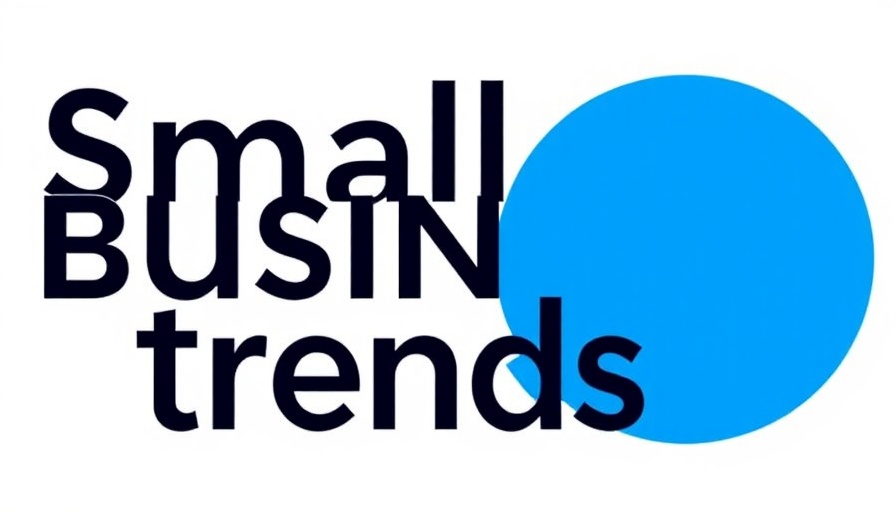
OpenAI’s Latest Innovations: Opportunities and Challenges for Small Businesses
This week’s Small Biz Breakdown focuses on significant developments in technology and the economy that resonate deeply with small business owners and entrepreneurs. Central to the discussion is OpenAI's recent initiative to expand its AI capabilities, enabling businesses to harness artificial intelligence effectively while navigating potential pitfalls.
Understanding OpenAI's Economic Blueprint
OpenAI has unveiled its Economic Blueprint, aiming to catalyze economic growth through equitable access to artificial intelligence. This document proposes steps for advancing AI infrastructure, with a clear vision of how increased AI capabilities can create jobs across diverse communities. For small businesses, this presents both an opportunity for innovation and a cautionary tale about technology deployment.
AI Customer Service: A Double-Edged Sword
While AI tools can streamline operations, they also pose risks. A survey by Omnisend shows that 39% of shoppers have prematurely abandoned transactions due to frustrating interactions with AI chatbots. This statistic underscores the need for small businesses to strike a balance between leveraging AI technology and providing a human touch in customer interactions to foster customer loyalty.
Economic Conditions: A Time for Caution
The NFIB's latest report indicates a dip in small business optimism, as the Small Business Optimism Index fell to its lowest since December. This decline, linked to economic instability and rising costs, calls for small businesses to reassess their strategies. Navigating these complexities will require embracing tools like QuickBooks' new Tap to Pay feature, which enables contactless payments and may help ease financial transactions during tough times.
Funding Opportunities for Entrepreneurs
Small businesses can also look toward new funding initiatives such as Saltbox's 'Luck of the Entrepreneur' grant, an opportunity specifically designed to support struggling small businesses. Such programs are invaluable for entrepreneurs seeking to scale and innovate amidst fluctuating economic conditions.
As these developments unfold, the future remains both challenging and promising for small businesses ready to adapt and evolve. Engaging with new technologies can empower entrepreneurs to thrive, but understanding the nuances and implications of these changes is critical.
 Add Row
Add Row  Add
Add 

 Add Row
Add Row  Add
Add 



Write A Comment